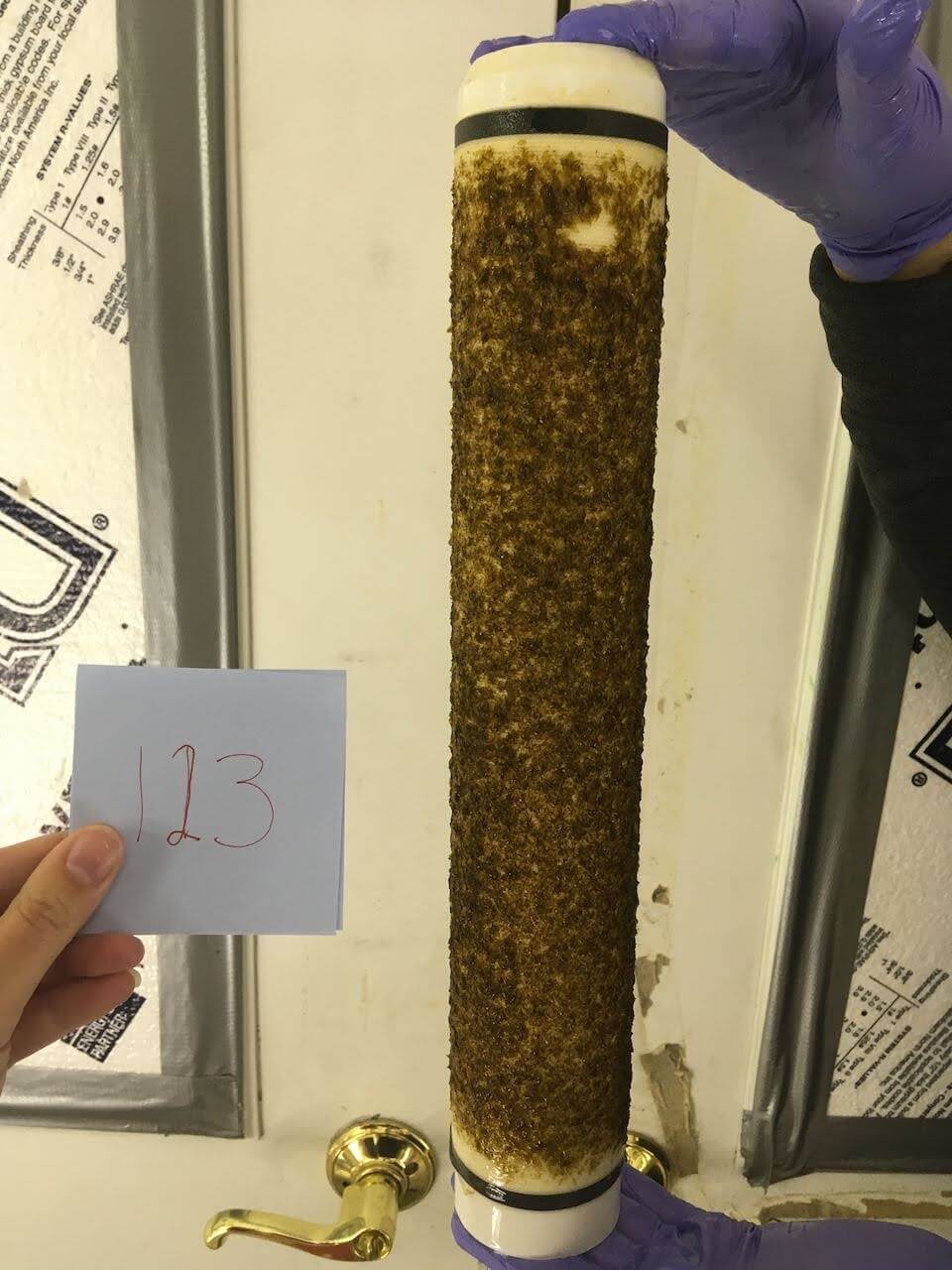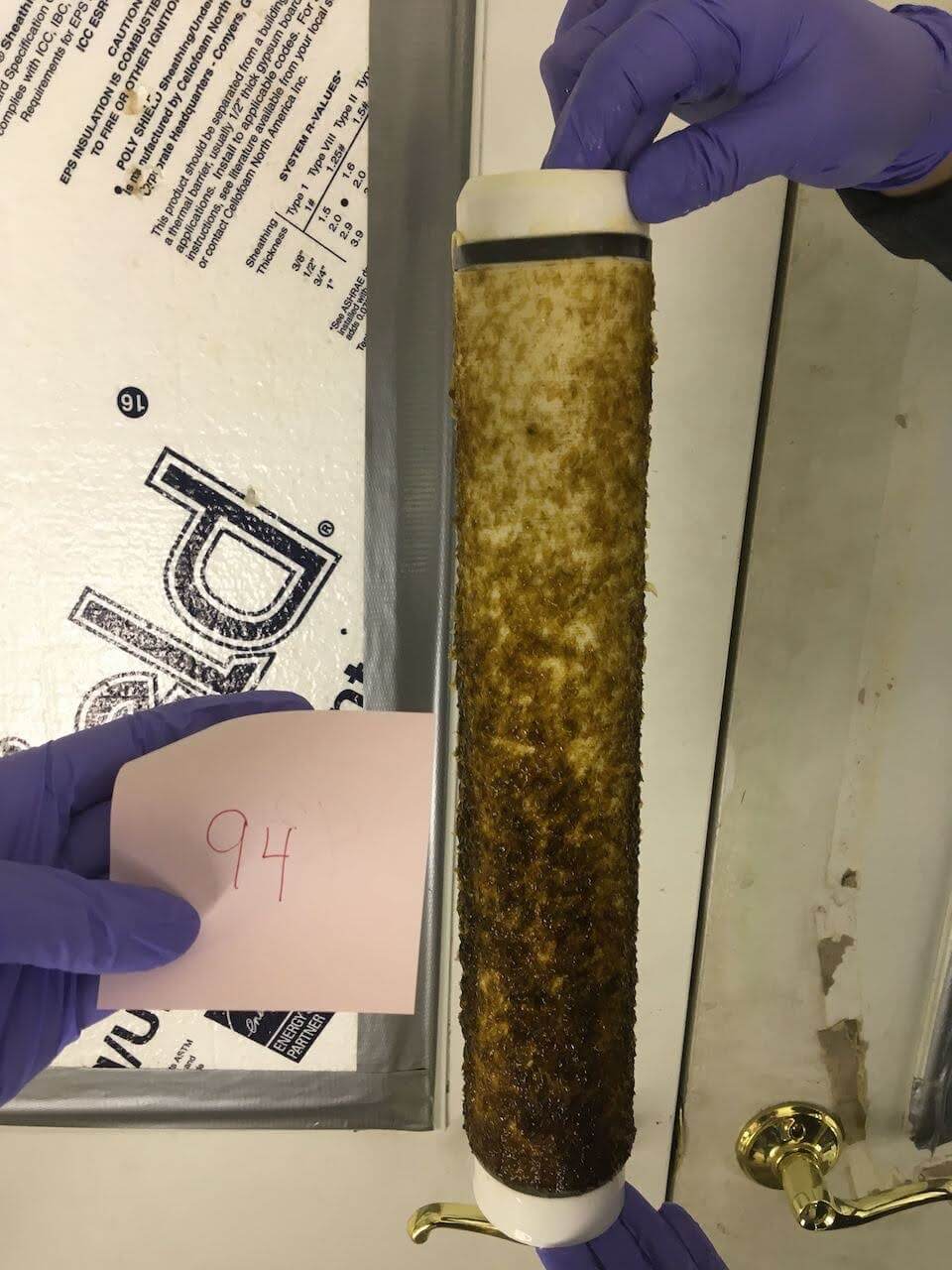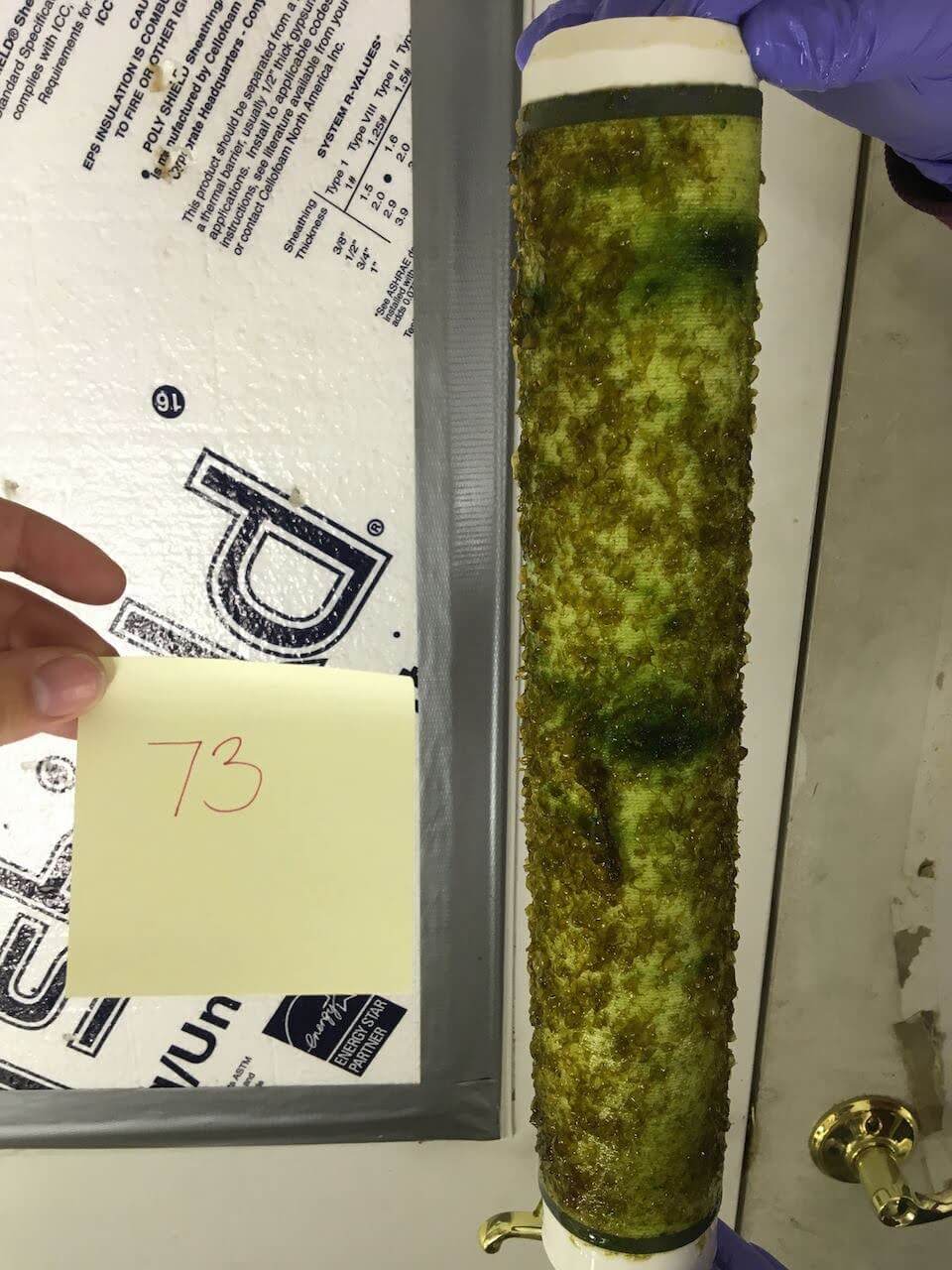What size spools make the most sense for outplanting on your farm? Are your longlines 200’ or 400’? Consider designing spools that are the optimal size for your growlines.
Back to: Introduction to Kelp Hatcheries
Having an idea of your short and long-term goals early on will be very helpful when putting together your hatchery. If you are a farmer who is primarily interested in growing seed for your own farm, it may be in your best interest to set up in a small space, like a personal garage or basement, to help keep overhead costs down. If you operate a shellfish hatchery with a lot of existing equipment that would be required of a kelp hatchery, it might make sense to dedicate a larger amount of space to this project. The great thing about hatcheries is that they are both modular and scalable, so you can add on to the systems you start in year one.
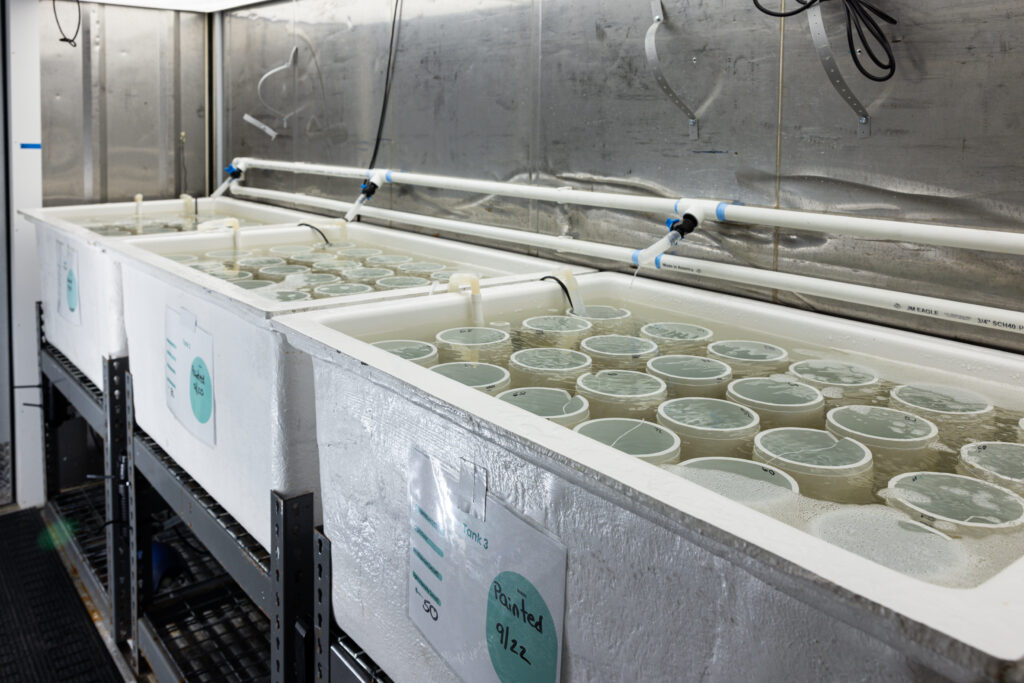
Do you plan to grow seed for yourself?
If you’re a farmer planning a kelp hatchery to supply your own farm, here are a few questions to think about:
-
-
When is your target outplant date? Start your hatchery season at the most convenient time for your entire operation.
-
How much seed do you need? Take into account some failure in spools, but you’ll only have to grow the amount that you will plan to outplant.
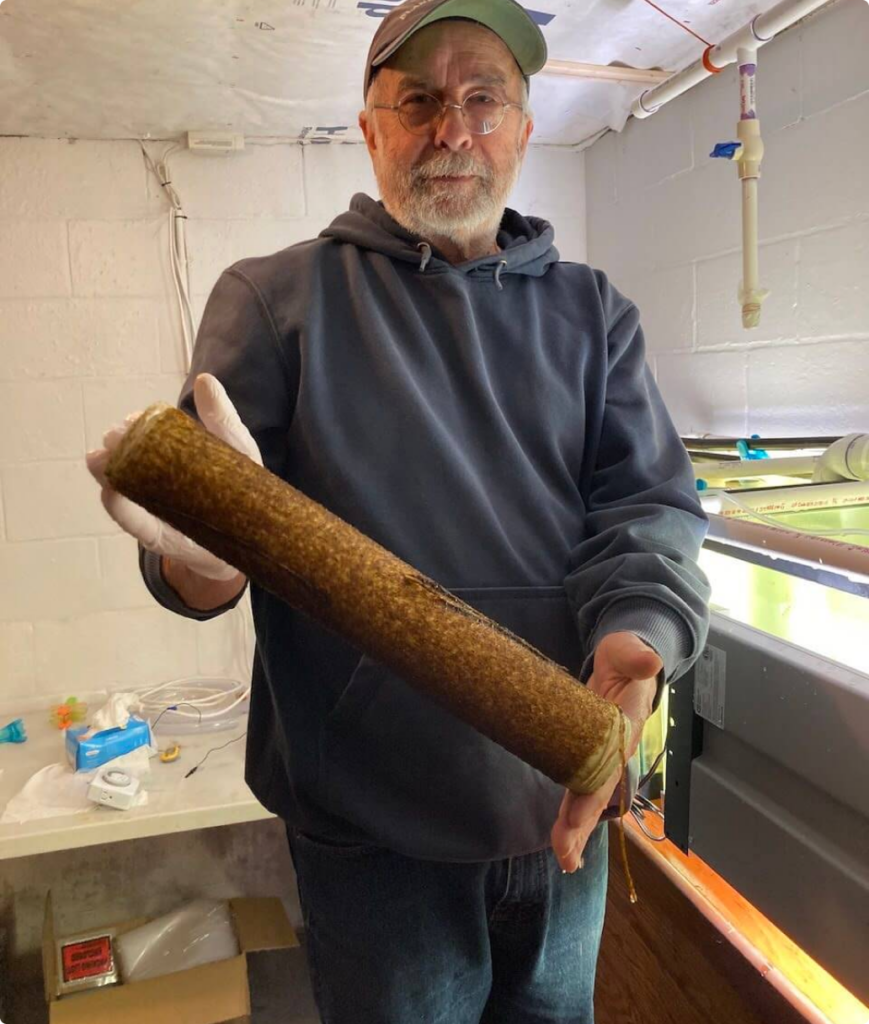
Do you plan to grow seed for other farms?
If you are starting your own hatchery, it’s likely you already know a kelp farmer or two, but maybe you have the capacity to produce and sell more seed beyond your immediate network. Take a look through public lease records in your state for permitted kelp growers or reach out to local shellfish farmers to ask them to spread the word.
GreenWave Tip
If you’re running a new hatchery this year, post to the Kelp Hatchery topic in the Community to highlight your seed availability to the farmers in your region!
Whatever your strategy is for finding customers, be sure to familiarize yourself with the industry standards and norms, so you can produce high quality kelp seed for your customers.
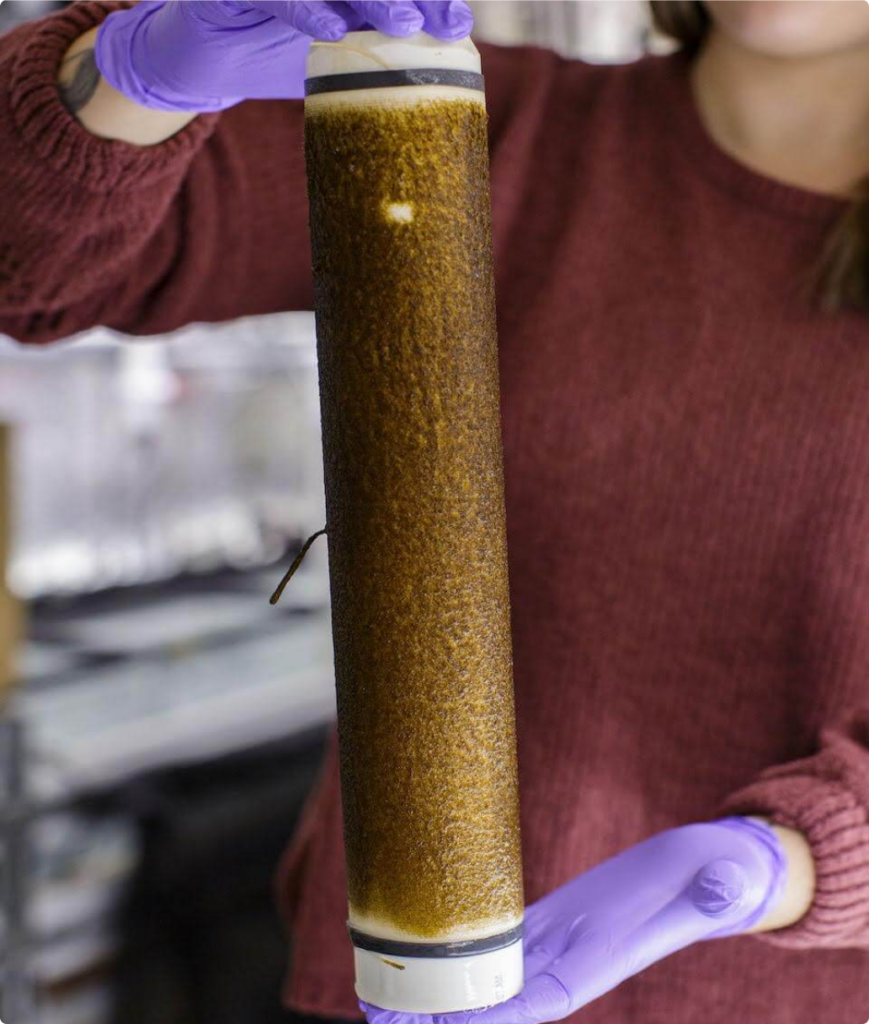
-
What are the industry standards for spool size?
The majority of spools are created using 2” PVC cut into around 15” lengths, but some farmers prefer 4” spools. -
Where are your farmers located?
Some states require farmers to source seed from a specific region. Be sure that the seed you will produce can be grown on the farmer’s lease. -
When do farmers normally outplant in your area?
You will want to begin your hatchery season about six to seven weeks before your farmers will want to outplant. -
What quality spool does a farmer expect?
A successful farmer requires high quality spools. They expect a spool with an even distribution of kelp along the seed string. The blades should be dark and dense on the spool. Not every spool will be perfect, so it is okay to have a few patchy spots. See the gallery below for what is “excellent”, “good”, and “poor” quality.
